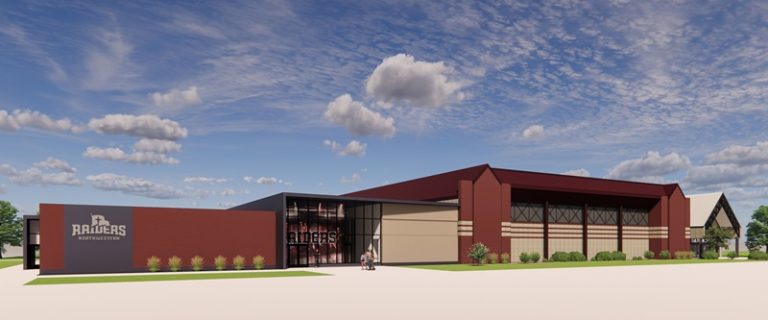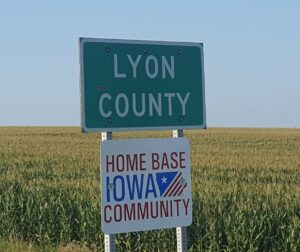Des Moines, Iowa — Iowa farmers planted about 64,000 more cover crop acres funded through state and federal incentives in the fall of 2015 compared to fall 2014 – a 22 percent increase — that’s according to the Natural Resources Conservation Service or “NRCS.”

They say Iowans planted over 291,000 cover crop acres last fall compared to just over 227,000 in 2014 with help from state and federal conservation programs. The numbers include funding from the Iowa Department of Agriculture and Land Stewardship (IDALS) through the Water Quality Initiative (WQI), State Cost-Share, and local watershed projects. USDA’s NRCS provides farmers assistance for cover crop through the Environmental Quality Incentives Program (EQIP) and the Regional Conservation Partnership Program (RCPP).
NRCS officials say that cover crops such as cereal rye, winter wheat and hairy vetch are helping farmers provide ground cover and living roots in the soil throughout the year. They say this helps improve soil health, water infiltration, and soil biology, reduce soil erosion and weed competition, trap excess nutrients in the soil, and even provide livestock grazing.
Barb Stewart, state agronomist for NRCS in Iowa, credits the increase in cover crop acres to the amount of outreach and education to famers from conservation groups throughout the state, along with more farmers paying attention to soil health and water quality the past several years.
She says that a few years back many farmers were more careful, experimenting with 10- and 20-acre cover crop plots. She says that many of those farmers are now planting hundreds of acres of cover crops, and even growing and harvesting their own cover crop seed.
NRCS and IDALS are both anticipating cover crop acres to increase by about 15 percent next year in Iowa, based on 2016 program signups.
Northwest Iowa farmer and Iowa Secretary of Agriculture Bill Northey says that they continue to see interest in cover crops grow, both from farmers brand new to the practice as well as those who have been doing it for a couple years.
Northey says even in challenging economic times in agriculture, farmers are seeing the benefits cover crops provide and putting their own money toward cover crops and other practices focused on protecting water quality and improving soil health.
For more information about cover crops and other practices and programs to help address natural resource concerns on your land, you can visit your local USDA Service Center for planning assistance.












